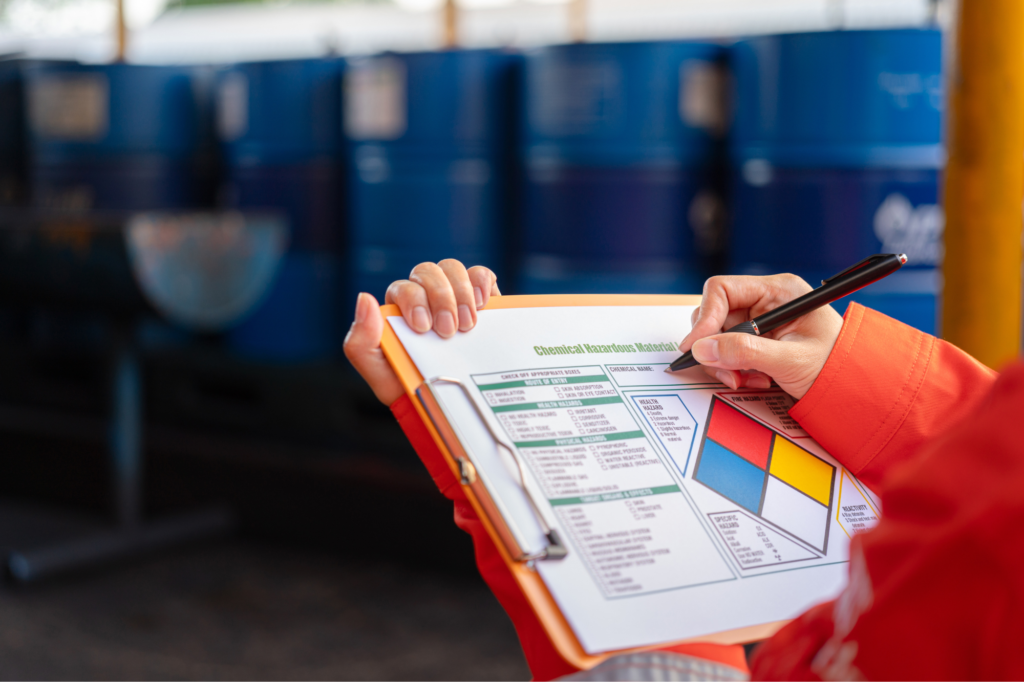
6 Tips for improving off-site worker safety
Ensuring workplace safety is a top concern for small business owners, especially when their employees work off-site. However, there’s a misconception among some entrepreneurs that maintaining a safe work environment requires expensive investments, which may not be feasible for them.
It’s important to shift this mindset and recognize that small business owners don’t have to choose between profit and safety. In fact, workplace safety is a fundamental aspect of any business operation. Employers have a responsibility to protect their workers in environments with multiple hazards. Here are a few strategies to achieve this.
Regular training updates
Improving workplace conditions and fostering a strong safety culture can be accomplished by providing effective training for your workers. By taking this step, you demonstrate your commitment to their well-being and protection. While it’s important to educate office workers on recognizing phishing e-mails, it’s equally vital to regularly educate them on workplace safety.
Depending on your industry and location, it’s essential to consistently remind your employees to adhere to safety protocols. This includes wearing the appropriate protective clothing and equipment, as well as practicing safe driving when traveling to jobsites. Training shouldn’t be a one-time event; it should be an ongoing process to reinforce best practices. Continuous training will help employees retain information and ensure safety remains a top priority.
Emphasize the use of personal protective equipment
Ensuring workplace safety involves wearing appropriate protective gear, even if some workers find it uncomfortable or unnecessary. It’s crucial to understand that this gear serves as a shield against preventable injuries. It’s imperative to wear all personal protective equipment (PPE) correctly and consistently.
While accidents may be infrequent, failing to wear PPE even once could lead to unforeseen hazards. The use of PPE should be a prominent guideline within your safety plans and documented procedures. By documenting these regulations, you emphasize the significance of safety within your company.
Trust employees
As a manager or business owner, it’s impossible to be present everywhere and remain aware of all aspects, particularly when you have off-site staff. This highlights the importance of trusting your employees and valuing their input regarding workplace safety.
Using the extra set of eyes in your teams can be highly beneficial. Your employees may observe suspicious individuals or activities around the workplace and report them to you. They may also identify poorly lit areas or rooms that require attention. By leveraging their observations, you can proactively take precautionary measures to prevent accidents.
It’s essential to foster a safety culture by consistently expressing gratitude to your employees whenever they raise safety concerns. Avoid getting caught up in concerns over the associated costs of maintenance, repairs, or implementing additional safety measures.
Conduct inspections
To maintain a safe work environment, it’s crucial to conduct regular inspections of both the workplace and jobsites. These inspections serve to identify and address any safety concerns promptly. Following the inspections, it’s beneficial to hold safety meetings to discuss the findings, such as when tools were left out or damaged equipment.
Throughout the day, continuous inspections should be conducted to monitor the safety behavior of workers and identify any potential hazards. Before starting the day’s activities, it’s important to convene a brief safety meeting to review the scheduled tasks and reinforce the necessary safety procedures.
When employees raise issues or concerns, it’s essential to address them promptly. It’s equally important to recognize and acknowledge good safety practices that have been observed. It’s crucial to remember that there’s always room for improvement in maintaining a safe workplace.
Use the right tools and equipment
Ensuring that workers follow safety precautions is dependent on providing them with the necessary tools and equipment. This step is crucial in guaranteeing their safety. For example, providing harnesses to secure tools when working at heights can protect employees from falling objects. It’s important to remember that the cost of safety measures, such as safety glass or steel-toe shoes, is minimal compared with the potential expenses of injuries and medical procedures. Regularly inspecting tools is also essential, as individuals may be inclined to take shortcuts that could lead to hazardous situations.
Assign employees to the right tasks
To maintain a safe work environment, it’s essential to provide adequate training to employees and ensure they’re fully prepared for their assigned tasks. As the business owner, it’s important to take a moment to assess whether employees are authorized and adequately trained before they begin a task. Additionally, it’s crucial to promote alertness among employees throughout their work. This can be achieved by incorporating regular breaks into their schedule.
These simple steps lay the foundation for creating a safe workplace. By prioritizing safety and addressing the small details, you can demonstrate your commitment to your employees’ well-being. Regularly engage with your employees, seeking their input on how to make their jobs easier and safer. Keep yourself updated on industry guidelines, and ensure your employees follow them, as they serve as invaluable resources for maintaining workplace safety and potentially even saving lives.


